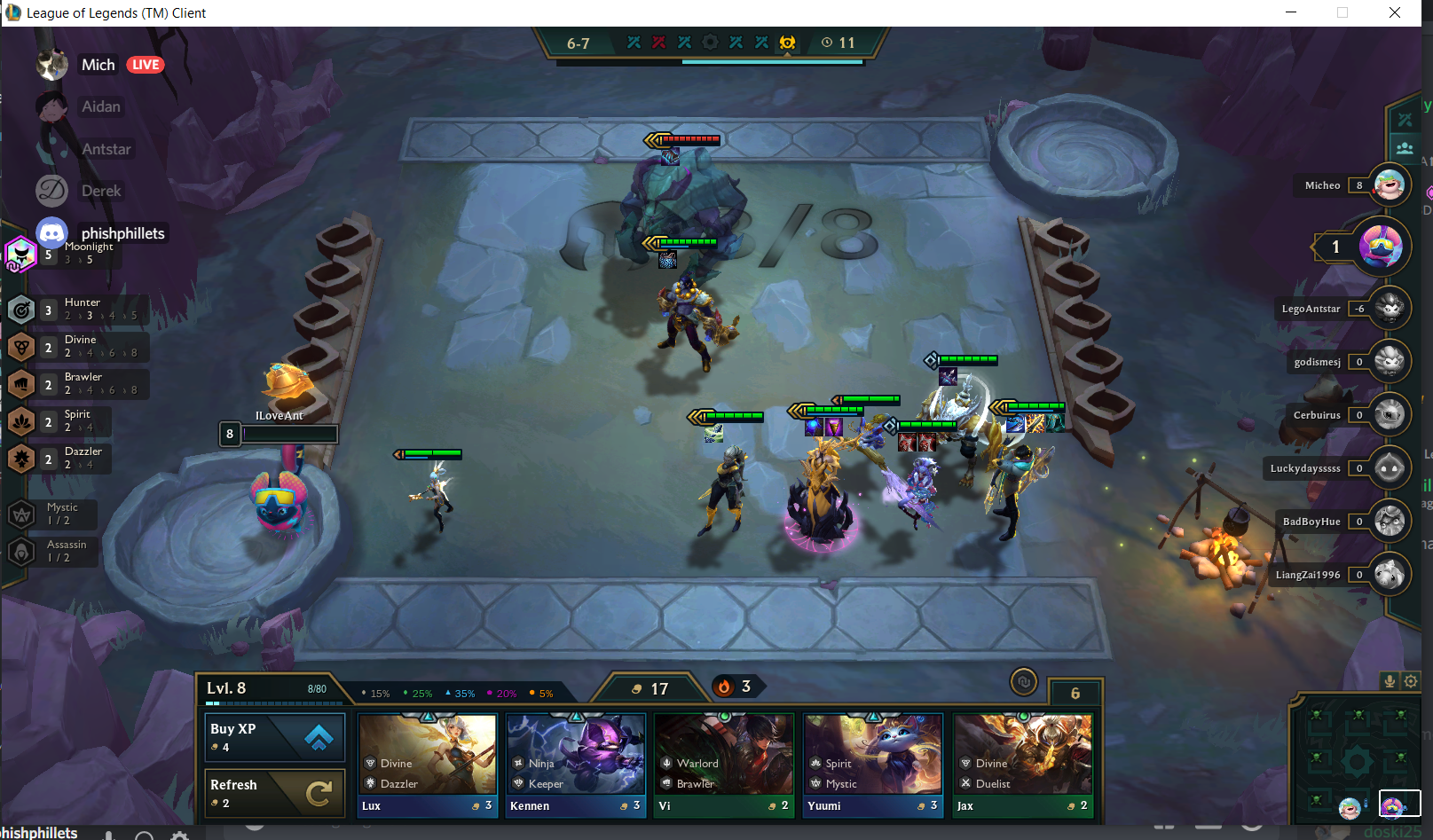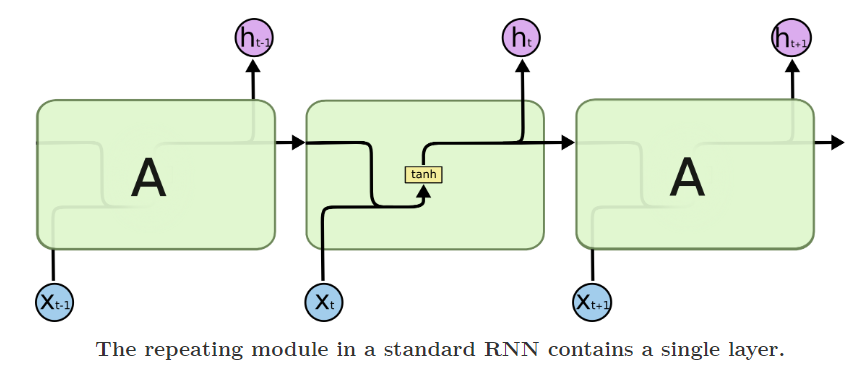TFT Dataset Analysis
Published on
 I can’t deny that I have been somewhat addicted to this game over the past three or so months, but Teamfight Tactics (TFT) has been a good way for me to wind down a day’s worth of work. Nonetheless, my obsession to play around with data is still there at the night, which is why I have spent a rediculous amount of time aggregating data from my own games.
I finally decided to spend some time analysing this data to see if it could help my gameplay in TFT.
I can’t deny that I have been somewhat addicted to this game over the past three or so months, but Teamfight Tactics (TFT) has been a good way for me to wind down a day’s worth of work. Nonetheless, my obsession to play around with data is still there at the night, which is why I have spent a rediculous amount of time aggregating data from my own games.
I finally decided to spend some time analysing this data to see if it could help my gameplay in TFT.

 With the help of Deep Learning Wizard, I constructed a baseline Convolutional Neural Network to get a feel of what the model is doing. Just to pick a different kind of dataset, I opted to study the QMNIST dataset, a variant of the MNIST with more documentation on how the data was collected and labelled. In summary, this dataset has a series of 120,000 images of hand-drawn digits between 0-9. The goal is to input the pixels of the image into the neural network and to predict the value of the number.
With the help of Deep Learning Wizard, I constructed a baseline Convolutional Neural Network to get a feel of what the model is doing. Just to pick a different kind of dataset, I opted to study the QMNIST dataset, a variant of the MNIST with more documentation on how the data was collected and labelled. In summary, this dataset has a series of 120,000 images of hand-drawn digits between 0-9. The goal is to input the pixels of the image into the neural network and to predict the value of the number.
 Continuing my quest for different dataset analyses and learning basic deep learning techniques, I decided to use some variants of Recurrent Neural Networks (RNNs) and Long Short Term Memories (LSTMs) to compute the accuracy of predicting different articles of clothing.
There are a lot of great resources on the web that have great explanations and visualisations of RNNs and LSTMs. I think a great summary of the methods is a set of processes that allow to retain information from a sequences and their patterns within.
Continuing my quest for different dataset analyses and learning basic deep learning techniques, I decided to use some variants of Recurrent Neural Networks (RNNs) and Long Short Term Memories (LSTMs) to compute the accuracy of predicting different articles of clothing.
There are a lot of great resources on the web that have great explanations and visualisations of RNNs and LSTMs. I think a great summary of the methods is a set of processes that allow to retain information from a sequences and their patterns within.
 As a first project, I decided to pick a random dataset from Kaggle to analyse. In this project, I analysed project distributions from the Otto Group in an attempt to classify them using a 4-linear layer model. Below, I have shared the my confusion matrix, showing the class predictions vs actual results, and a basic code of my linear model.
class Net(nn.Module): def __init__(self): super(Net, self).__init__() self.l1 = nn.Linear(93, 64) self.
As a first project, I decided to pick a random dataset from Kaggle to analyse. In this project, I analysed project distributions from the Otto Group in an attempt to classify them using a 4-linear layer model. Below, I have shared the my confusion matrix, showing the class predictions vs actual results, and a basic code of my linear model.
class Net(nn.Module): def __init__(self): super(Net, self).__init__() self.l1 = nn.Linear(93, 64) self.